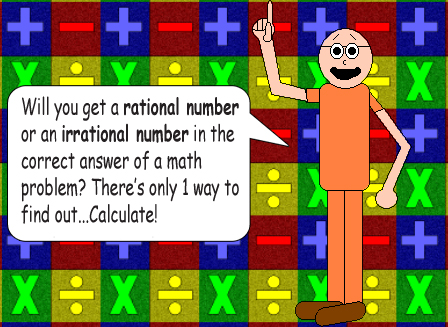Pi(e): A Dessert & A Number!
This famous irrational number is approximately equal to 3.14159. Although this number is irrational, some of its multiples are almost rational. The fractions below are approximations to the nearest billionths.
.jpg)
According to the TI-84 Plus:
8π ≈ 25 + 553/4166 or 104,703/4166
15π ≈ 47 + 823/6643 or 313,044/6643
35π ≈ 109 + 907/949 or 104,348/949
36π ≈ 113 + 179/1839 or 207,986/1839
37π ≈ 116 + 642/2687 or 312,334/2687
(To the left of the OR's above are the fractions as mixed numbers; I like to use the plus sign between the integer & the fraction!)
In the image below are the digits of Pi up to 15 digits after the decimal point:

A very close rational number to Pi is 22/7 or 3 + 1/7. If you subtract Pi from that number, you get a very small number that's...
22/7 - π = 6/4,745
Therefore:
π + 6/4,745 = 22/7 or 3 + 1/7
You can also print the difference as: (22 - 7π)/7.

Note: Be warned, the TI-84 Plus sees no significance in adding non-integers smaller than a billionth(1/1,000,000,000 or 0.000000001) to integers! In fact, lots of calculators round up non-integers to the best of their display ability.
Back to Index Page Back to Math Trick Menu
© Derek Cumberbatch
.jpg)
.jpg)

